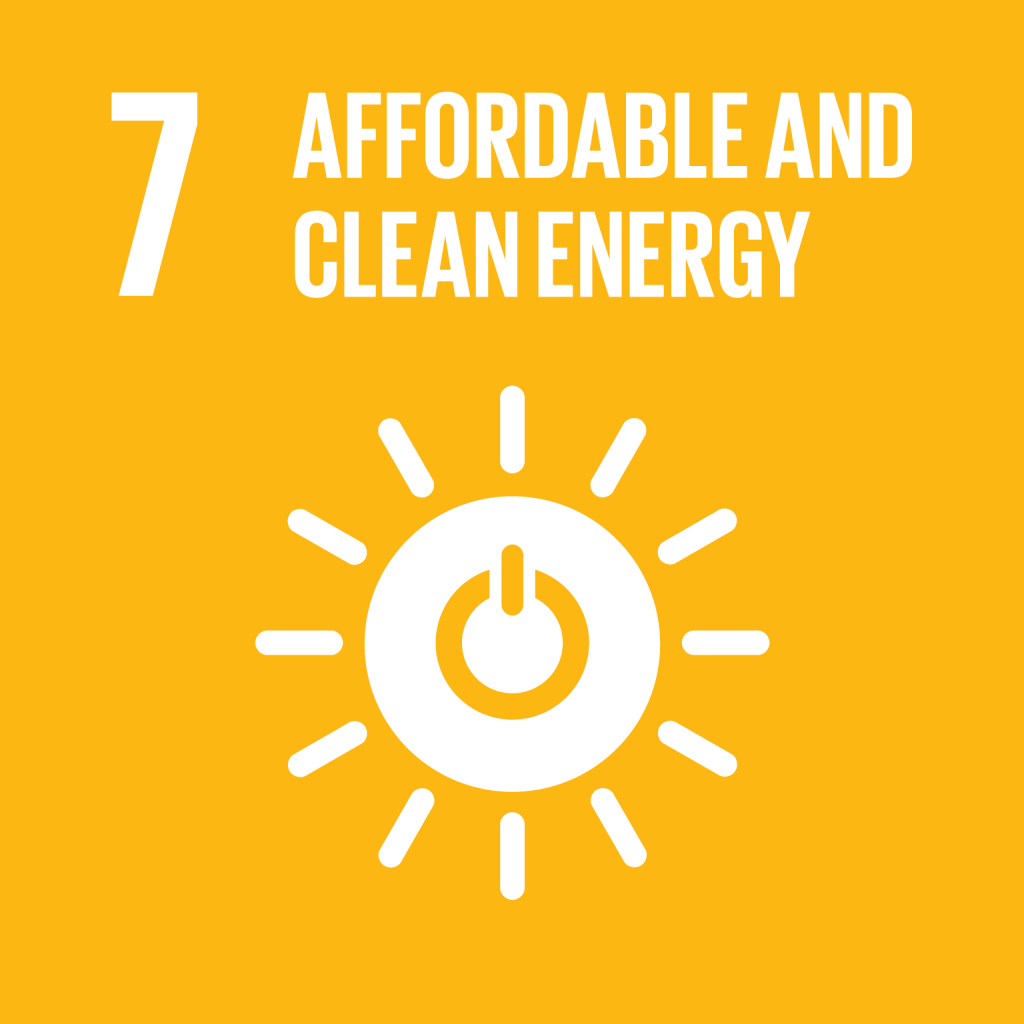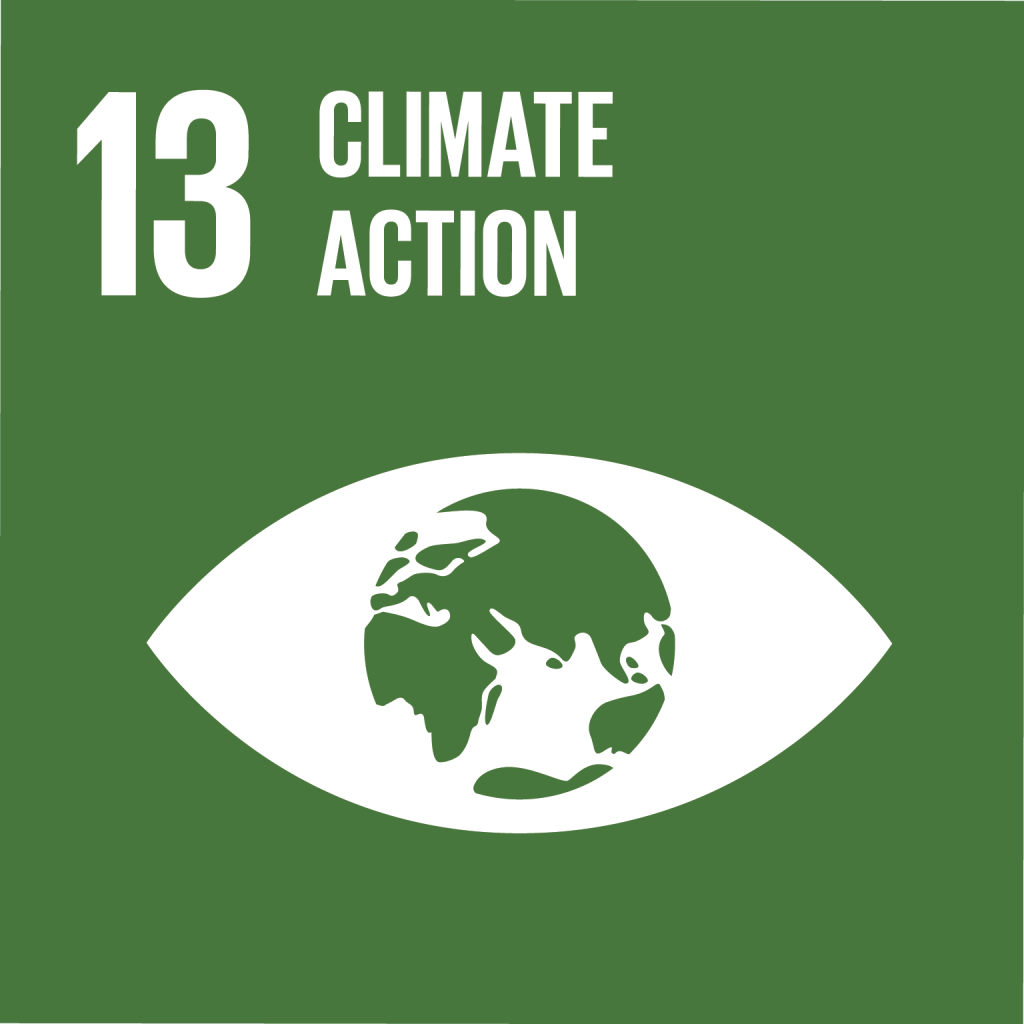Carbon neutrality remains one of the key objectives for the CFS and the University as a whole. The methods adopted have concentrated on three key areas, energy utilization substitution through solar panels, in-setting carbon through reforestation projects and use of distance/online learning platforms to raise awareness among the campus community on the carbon neutrality program.
Carbon neutrality remains one of the key objectives for the CFS and the University as a whole. The methods adopted have concentrated on three key areas, energy utilization substitution through solar panels, in-setting carbon through reforestation projects and use of distance/online learning platforms to raise awareness among the campus community on the carbon neutrality program.
Carbon neutral USJ
Goal: Fully carbon neutral by 2025
Carbon neutrality remains one of the key objectives for the CFS and the University as a whole. The methods adopted have concentrated on three key areas, energy utilization substitution through solar panels, in-setting carbon through reforestation projects and use of distance/online learning platforms to raise awareness among the campus community on the carbon neutrality program.
During 2019, a full greenhouse gas emissions and energy usage inventory was undertaken so the institution now has baseline data by scope for emissions in addition to a total estimated figure of 3562.35 t CO2e. Baseline figures by scope have enabled specific strategies to target key areas to reduce emissions and play a vital role in achieving the university’s goal of reducing electricity consumption by 10% by 2025.
The full GHG inventory is available on our stats page (insert link to stats page)
Currently there are three university-run reforestation projects underway, 40.5 ha of tropical rainforest in Yagirala Forest Reserve, 400 ha of mixed evergreen dry zone forest in Waniyagamma and 1.05 ha of mangrove forest in Ittapana. These areas are being restored with native tree species and will serve as a carbon sink for the university in addition to supporting and enhancing biodiversity.
The formation of the Carbon management team is a targeted initiative to promote inter-departmental communication and strategy on departmental carbon reduction.
Carbon Management Team
In 2021 the CFS formed the Carbon Management Team. The team draws together 110 staff members from different departments, in an online forum, to discuss strategies for departmental sustainability actions and activities.
Carbon Sink USJ
In collaboration with the Forest Department and the Ministry of Mahaweli Development and Environment, a carbon sink is being created through the restoration of 400 ha of degraded dry mixed evergreen forest, in Wanniyagama, Puttalam. At a time where deforestation and biodiversity loss have become major issues in Sri Lanka, the need to conserve forests is as great as ever. In line with government targets to increase national forest cover from 29% to 32% by 2030, this forest regeneration program will contribute to increasing the national forest cover of Sri Lanka while fulfilling the ultimate goal of neutralizing USJ carbon emissions.
Wanniyagama Reserved Forest is located in Karuwalagaswewa Divisional Secretariat in Puttalam District, of North Western Province. Situated within the dry climatic zone of the country, the prominent native vegetation types are dry-mixed evergreen forest, thorny scrub and grasslands. Sri Lankan dry forests are an integral part of the tropical rainforest biome. They exhibit the characteristic features of tropical semi-deciduous or tropical seasonal forests but most are now showing signs of degradation. Despite the current forest damage, dry zone forests still harbor substantial floral and faunal diversity and serve as important repositories of native biodiversity. Forests in drier areas of the country possess a comparatively higher level of taxonomic diversity in terms of plant genera. Over 40 woody plants endemic to the country grow in the dry land of Sri Lanka.
The degraded area of 400 ha will be managed in accordance with the second principle of the National Forest Policy 1995: “To increase the tree cover and productivity of the forests to meet the needs of present and future generations for forest products and services.” In this case focusing on carbon in-setting through reforestation. In addition, the project will conserve Wanniyagama biodiversity while accommodating traditional local needs as well as engaging local communities and highlighting their role in forest restoration and conservation.
The USJ carbon sink not only helps us on our road to carbon neutrality but also contributes to achieving UN SDGs 13 – Climate Action and 15 – Life on Land.
A 5 year adaptive management plan, implemented by the CFS, includes the following objectives:
1. To restore 400 ha of degraded forest land in the Wanniyagama Reserved Forest located in Puttalam District while extending all regulatory ecosystem services to the entire community.
2. To establish a joint venture whereby the Department of Forest Conservation shall collaborate to receive scientific knowledge, while disseminating practical knowledge, training & awareness to the students and academia of University of Sri Jayewardenepura.
3. To create a substrate for scientific research between the Department of Forest Conservation and USJ.
4. To gain active community participation in forest restoration, and subsequent monitoring activities, for conflict resolution through sustainable management of the licensed area.
Clearing work began in December 2020 along with workshops for the local community and training sessions for laborers, conducted by CFS staff. Several volunteer replanting programs have been conducted where visitors and locals assist with forest regeneration and teach them about the native species being replanted, forest management and maintenance techniques.



